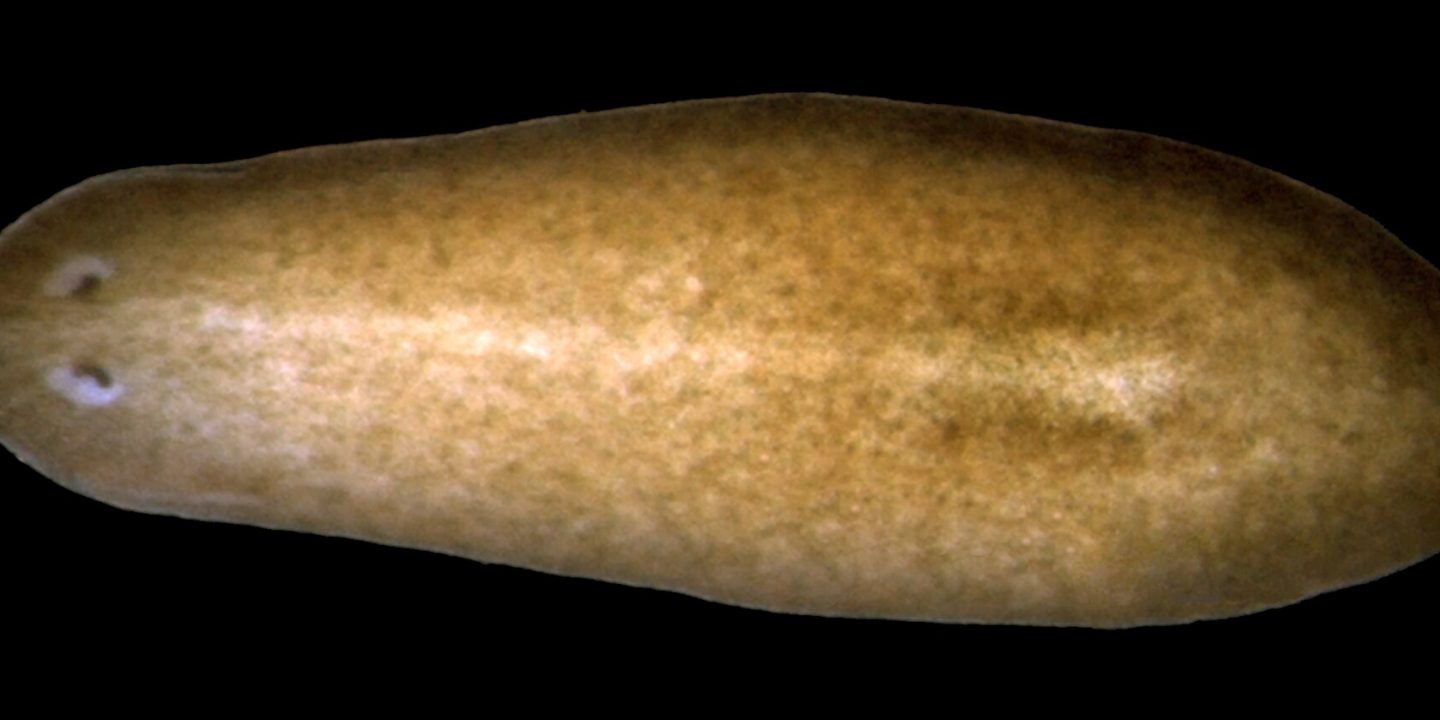Earlier this year in September Ivanković and colleagues published the results of a study coordinated by the research group of Jochen Rink at the Max Planck Institute for Multidisciplinary Sciences, Göttingen, Germany and presented highly improved genomes of the four planarian flatworm species from the genus Schmidtea. These inclluded the model organism Schmidtea mediterranea and the closely related S. polychroa, S. nova, and S. lugubris. Now there are chromosome-level genomes available, although the assembly of the genomes is still not fully completed. Through the bioinformatic assembly of the genomes and comparisons across closely related species the authors could draw exciting conclusions on the evolution of flatworm genomes.
They reported substantial structural rearrangements even among the targeted closely related species. They detected numerous chromosomal rearrangements including chromosome fusions and splitting of blocks of genes along chromosomes. I was particularly excited that the authors of the study reported an accumulation of transposable elements (TEs) at the breakpoints for chromosomal rearrangements. In particular this part of the paper is very relevant to a project I recently started together with my collegues Nikol Kmentova and Marten Vanhove at the Hasselt University, Belgium, on the impact on TE activity on the evolution and host-parasite evolution of parasitic monogenean flatworms.
As Ivanković and colleagues reported, there was a substantial loss of MALGs, and acronym that stands for ‘Metazoan ancestral linkage groups’, which means that the chromosomal order of groups genes have often been reported conserved across many metazoan species. Although nott noticed for the first time, such a loss of MALGs is certainly uncommon because the conservation of such blocks in Metazoa is the central basis for the definition of MALGs. The authors of the study speculate themselves about the impact of TEs on the loss of MALGs and I am certain that we will hear more on this fascinating topic in the near future.
Reference
Ivanković et al. (2024) A comparative analysis of planarian genomes reveals regulatory conservation in the face of rapid structural divergence. Nature Communications 15:8215. https://doi.org/10.1038/s41467-024-52380-9
The paper has been published ‘open access’ and is available for everybody)
![]()
